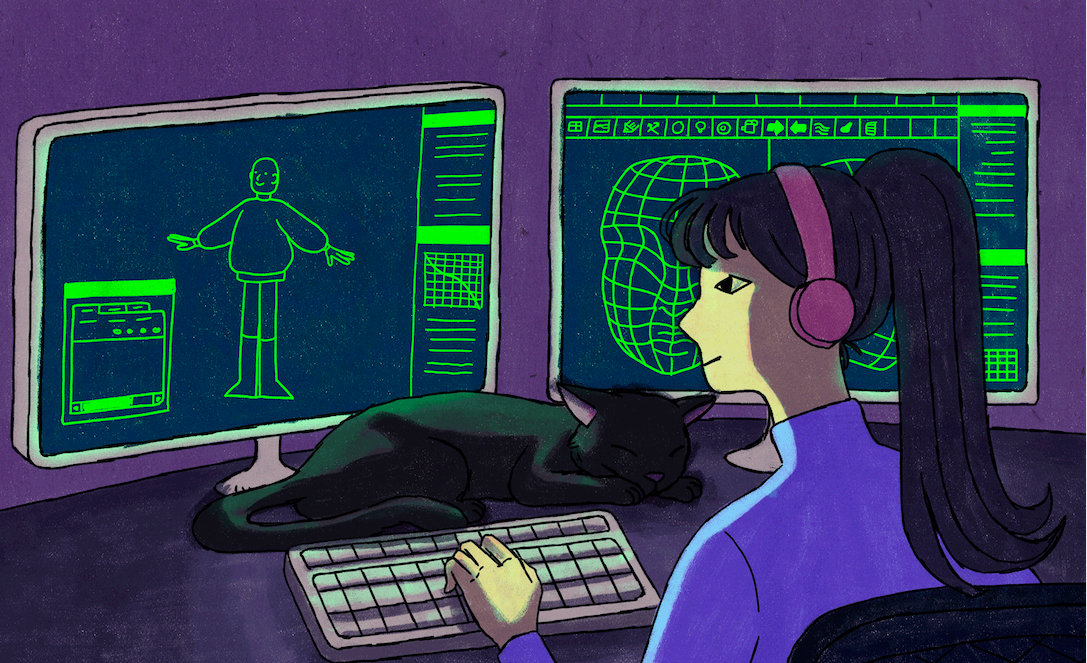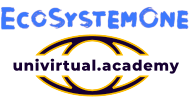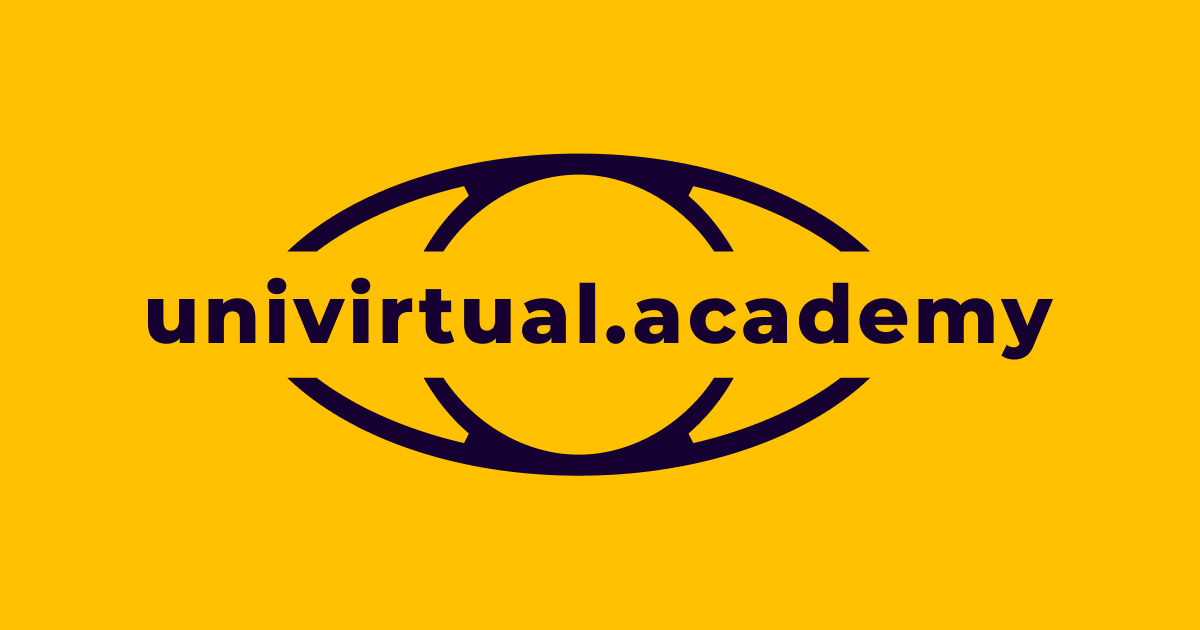2D & 3D MODELING WITH PYTHON AND PIXELMATH & MISSION TO MARS EXPERIENCE

A Hybrid course: Make VR + Learn in VR
Only 1 sessions left! August 9-13, 1pm-4pm EST
In this camp, we are combining the immersive magic of learning in VR with practical skills of creating 2D and 3D graphics using Python and Pixelmath. Every day, you will begin with learning the basics of coding and 2D/3D modeling followed by the breathtaking VR learning. You will learn how digital computers represent images, colors, and 3D objects. We will cover basic computer coding principles, including loops, conditionals, and functions. Each student will participate in one 2D project and one 3D project.
A typical 2D project will be a portfolio of 3 or four images in which artistic expression combines with computer techniques to produce unique graphics.
A typical 3D project will involve creating one or more 3D objects and programming them to move in 3D; then, with the help of virtual reality, the 3D object can be experienced in an "immersive" three-dimensional way.
During our immersive VR lessons, you will use Virtual Reality technology and storytelling as a pathway to improve the 4Cs: creativity, collaboration, critical thinking, and communication. Using the 4Cs, you will not only gain an understanding of the subject matter but will also practice interdisciplinary skills necessary for college and career readiness.
PART 1: 1 hour - coding session
PART 2: 1 hour of live instruction in VR & 1 hour of group work guided by interns.
Only 1 sessions left! August 9-13, 1pm-4pm EST
In this camp, we are combining the immersive magic of learning in VR with practical skills of creating 2D and 3D graphics using Python and Pixelmath. Every day, you will begin with learning the basics of coding and 2D/3D modeling followed by the breathtaking VR learning. You will learn how digital computers represent images, colors, and 3D objects. We will cover basic computer coding principles, including loops, conditionals, and functions. Each student will participate in one 2D project and one 3D project.
A typical 2D project will be a portfolio of 3 or four images in which artistic expression combines with computer techniques to produce unique graphics.
A typical 3D project will involve creating one or more 3D objects and programming them to move in 3D; then, with the help of virtual reality, the 3D object can be experienced in an "immersive" three-dimensional way.
During our immersive VR lessons, you will use Virtual Reality technology and storytelling as a pathway to improve the 4Cs: creativity, collaboration, critical thinking, and communication. Using the 4Cs, you will not only gain an understanding of the subject matter but will also practice interdisciplinary skills necessary for college and career readiness.
PART 1: 1 hour - coding session
PART 2: 1 hour of live instruction in VR & 1 hour of group work guided by interns.
No prerequisites
$465
1 week course
12-15 years
5 classes
4-7 students in group
Day 1. Introduction to digital image representation and manipulation. Using the "Pixelmath" software from the University of Washington, we will explore how a picture is made up of individual elements called pixels that are specified with numeric values for red, green, and blue. We'll use the software to synthesize colors and modify photos.
Day 2. The Python programming language is one of the most popular languages for coding today. We'll have a brief introduction to Python and then start using it to create graphical images. The key concepts of loops, conditional statements, and functions will be covered.
Day 3. Each student will work in a team on a project to create original graphic images, using the techniques covered earlier in the week. Students will have the option to process existing photos are to start a new image from a blank array.
Day 4. In the second part of this course, we will explore how computers represent position and motion by creating a virtual 3D scene with a program. Using just a little bit of math and programming, you can draw quite a bit! In order to make more interesting scenes, we will continue the use of basic programming concepts like loops, conditionals, and functions.
Day 5. Using the programming techniques already covered, and the 3D construction techniques of Day 4, you'll do your 3D project, creating your own 3D object and defining its motion in your own way.
EQUIPMENT REQUIREMENTS:
You'll need either a Windows 10 computer or a Macintosh computer (like an iMac or and MacBook). We will help you install the Java language for the 2D work.
The 3D work will be in the Chrome browser.
Day 2. The Python programming language is one of the most popular languages for coding today. We'll have a brief introduction to Python and then start using it to create graphical images. The key concepts of loops, conditional statements, and functions will be covered.
Day 3. Each student will work in a team on a project to create original graphic images, using the techniques covered earlier in the week. Students will have the option to process existing photos are to start a new image from a blank array.
Day 4. In the second part of this course, we will explore how computers represent position and motion by creating a virtual 3D scene with a program. Using just a little bit of math and programming, you can draw quite a bit! In order to make more interesting scenes, we will continue the use of basic programming concepts like loops, conditionals, and functions.
Day 5. Using the programming techniques already covered, and the 3D construction techniques of Day 4, you'll do your 3D project, creating your own 3D object and defining its motion in your own way.
EQUIPMENT REQUIREMENTS:
You'll need either a Windows 10 computer or a Macintosh computer (like an iMac or and MacBook). We will help you install the Java language for the 2D work.
The 3D work will be in the Chrome browser.
DAILY PART 1: 2D AND 3D MODELING WITH PYTHON AND PIXELMATH
Mars has captured human imagination for centuries and has served as a setting for many science fiction novels. Scientists have looked to Mars as an unique resource, holding clues to the origin of the solar system as well as the potential for future colonization. Numerous autonomous satellites and rovers have been sent to the red planet. With each successful mission we learn more about our most accessible celestial neighbor.
Whether you dream of one day traveling to Mars or just want to learn more about our celestial neighbor, this course is for you. Did you know Mars is home to the largest volcano in the solar system? Or that it has a gigantic canyon 10 times wider and deeper than Earth’s Grand Canyon?
We will deep dive into Mars’ surface geography and unique tectonics, look at its ice caps, and talk about whether water was present on Mars before. We will also learn more about current explorations of Mars and how we may prepare for human travel there.
COURSE TAKEAWAYS:
1. Students will understand how Mars is similar to Earth and how it is unique and why scientists believe life is possible on Mars.
2. Students will learn about Mars’ historical and contemporary geography, tectonics, and chemical composition.
3. Students will become familiar with the current research and preparations for future Mars explorations, including those to send humans to Mars.
Whether you dream of one day traveling to Mars or just want to learn more about our celestial neighbor, this course is for you. Did you know Mars is home to the largest volcano in the solar system? Or that it has a gigantic canyon 10 times wider and deeper than Earth’s Grand Canyon?
We will deep dive into Mars’ surface geography and unique tectonics, look at its ice caps, and talk about whether water was present on Mars before. We will also learn more about current explorations of Mars and how we may prepare for human travel there.
COURSE TAKEAWAYS:
1. Students will understand how Mars is similar to Earth and how it is unique and why scientists believe life is possible on Mars.
2. Students will learn about Mars’ historical and contemporary geography, tectonics, and chemical composition.
3. Students will become familiar with the current research and preparations for future Mars explorations, including those to send humans to Mars.




